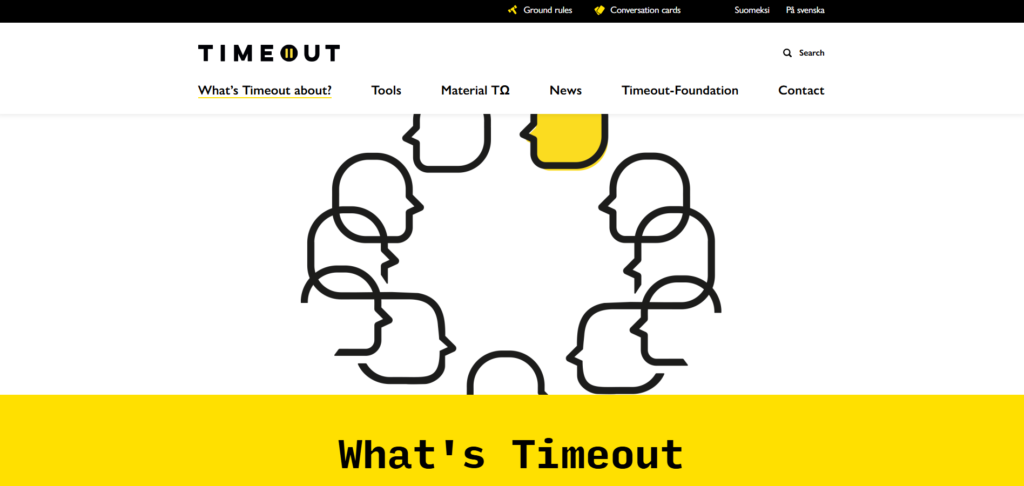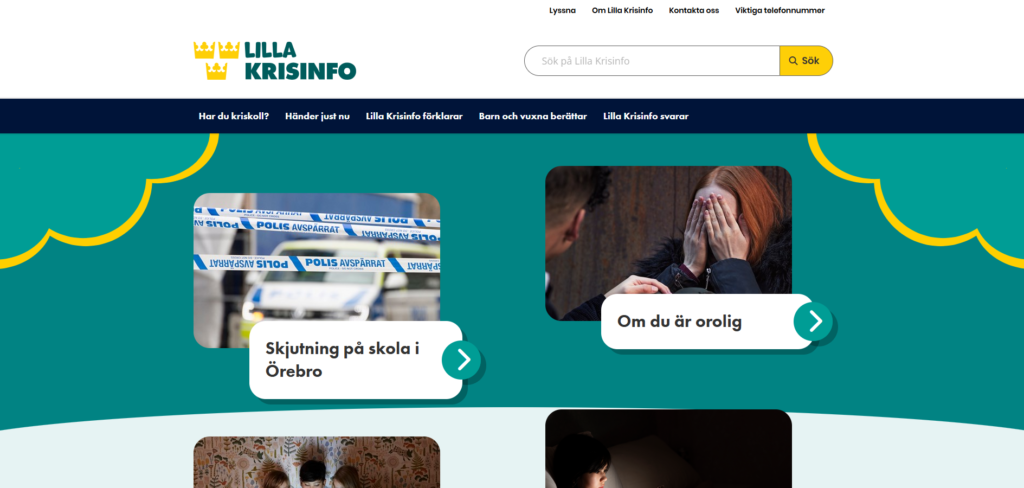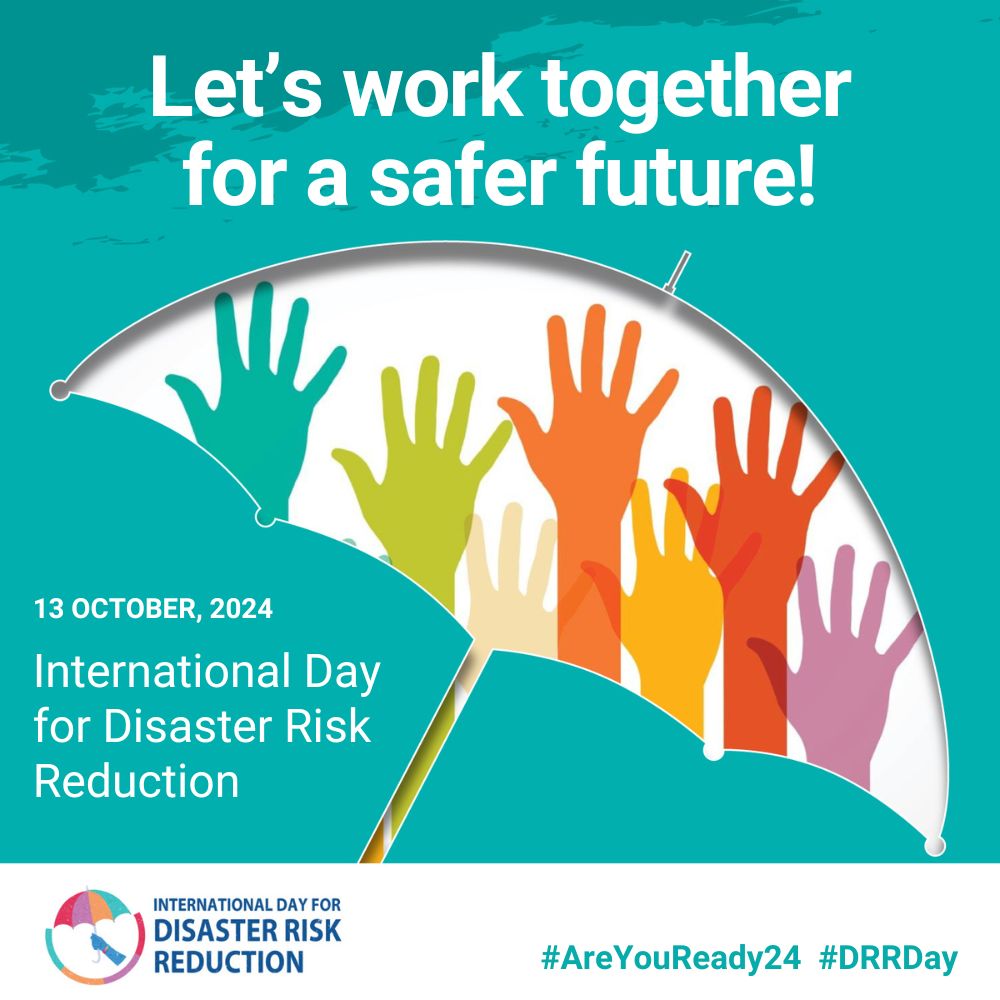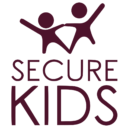Good practices
On this page, we will collect a series of good practices focusing on child participation and child participation in disaster risk reduction
1: How can we talk with young children about crisis preparedness? An example from Estonia
In this webinar, Estonia’s crisis preparedness game is discussed. The game is tailored to teach children essential survival skills through play. The game engages families and schools in crisis education. Learn how it fosters practical learning, community awareness, and better emergency preparedness.
2: How can children learn about DRR from hiking trails? A good practice example from Estonia
Are hiking trails a good oppurtunity for teaching children about DRR? The Estonian Rescue Board believes that actively spending time in nature is one of the best ways to acquire new knowledge. To leverage this, they have created hiking trails that provide children and their families with an opportunity to test their knowledge of risks and safety. In total, the Estonian Rescue boards, together with partners, have set up more than 70 discovery trails in various counties across Estonia. The trails are primarily intended for children of school age and are around 2-3 km long.
On these trails, children and youth will learn about topics related to fire and water safety, crises, mental health, and internet safety. In addition, children can learn about several related topics, including hiking tips and how to act when encountering wild animals.
Please note: this video is only available in Estonian.
3: How can Crisis prepardness be integrated into the school setting? An example from Finland
In this presentation, the Kymenlaakso Rescue Department present an interesting example for recurrent child participation and how they reach reach children and young people four times before they turn 20.
Kymenlaakso Rescue Department begins already in preschool with simple fire safety discussions and emergency drills. In elementary school, children aged 7-12, they meet with children to discuss fire safety. When children turn 14–15 years old, the department meets with them to discuss the nationwide “No Worries” campaign. This campaign focuses on fire safety, first aid, and preparedness. Lastly, with 17–18-year-olds, they meet to discuss traffic safety and traffic risks.
The Kymenlaakso Rescue Department emphasises that when children are well-informed children, they can act as a resource in periods of crises. The PowerPoint can be found here.
4: How can we constructively engage with children? An interesting methods from Finland
Timeout is a method for generating constructive discussions developed through the Finnish Innovation Fund. It has been tailored to promote and facilitate conversations between people from different backgrounds.
On their website, you can find concrete tools and material for planning and generating public discussion. This includes everything from how to prepare for remote or online discussions, what to think about when choosing venues, and key aspects to follow-up on after a discussion. To find more info about Timeout or to use their practical tools, click here.

5: Youth fire brigades in Germany and Denmark
In this webinar, we get to know two young representatives from a youth fire brigade in Denmark (Kolding) and Germany (Hamburg) respectively. They are sharing about youth participation in their organisations; the interest, challenges and benefits, as well as the influence they have and experiencing an international component to their work.
6: Meaningful child particpation: Examples from Latvia
In this webinar, we hear two practical examples of child participation in Latvia.
The first example is a Latvian NGO who runs youth centre and organises various activities to empower and support children through participation. They are aiming to provide a safe space for children and youth in Liepaja.
The second example is a municipality-based initiative aiming to promote youth policies that the municipality has decided upon, and by doing so, provide support to children in the area. They work in various ways including running six youth centres, engaging through youth councils, and providing mentoring support.
7: Participatory budgeting in Lithuanian school
In this webinar, we discuss the Lithuanian work with participatory budgeting in schools. This practice is a great example of meaningful child participation. The basic idea is that students themselves decide how to allocate part of their school’s budget. Learn how it empowers youth, spreads across municipalities, and inspires democratic participation.
8: How do we speak with children about crises? Swedish website provides child-friendly information about crises
The UN Convention on the Rights of the Child (UNCRC), Articles 12 and 17, highlights that children have a right to access information. The UNCRC is ratified as a law in Sweden.
Lilla Krisinformation (literal translation: “Little crisis information”) is a Swedish website where children and young people can find official information, including crisis information, from government agencies. By gathering published information from various agencies, Lilla Krisinfo transforms dense, formal government prose into more accessible language.
The question being addressed covers a wide range of topics, including children’s questions about serious events such as gang violence, pandemics, and conflicts. The overall aim is to help children feel more informed and better prepared for crises.

Lilla Krisinformation’s landing page as of 2025-02-06.
If you would like to know more about Lilla Krisinformation, you can visit their site here. Please note, it is only available in Swedish.
9: The Swedish Civil Contingencies Agency’s campaign “Ready, Steady” (Swedish “Klara, Färdiga)

Photo of the campaign’s novel, that can be found here,
“Imagine if your everyday life changed in a single moment. One minute you’re sitting in class and hear that your country has gone to war—then suddenly, you’re fleeing to Sweden. Or you’re hanging out at home with your friends when you suddenly smell strong smoke. What do you do?” (Our translation).
This is how the The Swedish Civil Contingencies Agency started their campaign “Ready, Steady”.
The campaign is a comprehensive effort aimed at teaching 16-year-olds about crisis awareness and reminding them that they are part of Sweden’s crisis preparedness. The campaign includes everything from videos, novels and radio dramas to quizzes about crisis preparedness. Read more
10: How can a voluntary civil defence organisation work with children? A Swedish example
In this presentation, the Swedish voluntary organisation ‘Swedish Civil Defence League’ shares their experiences of including children in their work.
Key points for effective communication with children included creating a safe environment that encourages conversation and giving children enough time to express themselves properly. Other emphasized aspects were the importance of storytelling, engaging in activities together with the children, and demonstrating the value of crisis preparedness through games.
Read more
11: How can we work with children who are already affected by crises? An example from Ukraine
Operation Aid is a Swedish humanitarian aid organisation founded in 2022 after Russia’s full-scale invasion of Ukraine.
The aid organisation offers various activities and support for children in Ukraine. including physical activities like dancing or jiujitsu, creative activities like painting, and learning-oriented activities like English lessons and Microsoft Word trainings.
Operation Aid also arrange trainings for Ukrainian children to enhance their crisis preparedness skills and awareness. This includes learning how to use gas masks, how to avoid mines, how to perform first aid, and much more.
12: UNDRR – the 2024 International Day for DRR’s Toolkit

Ahead of the 2024 International Day for Disaster Risk Reduction (focusing on how education can protect and empower children for a safer future), UNDRR launched a toolkit designed to inspire teachers, schools, educators, and policymakers to empower children and youth for a more disaster-proof future.
UNDRR invited all governments, schools, educational institutions, youth networks and anyone interested to join the campaign. Their toolkit is designed to support events and activations and provides a menu of options for everyone to engage.
